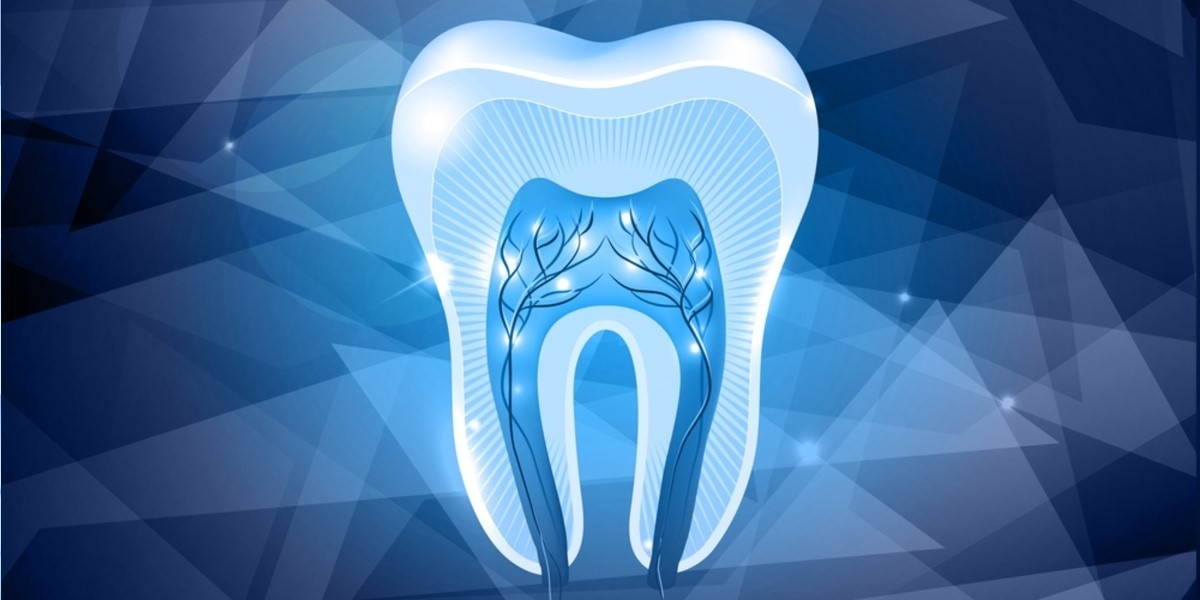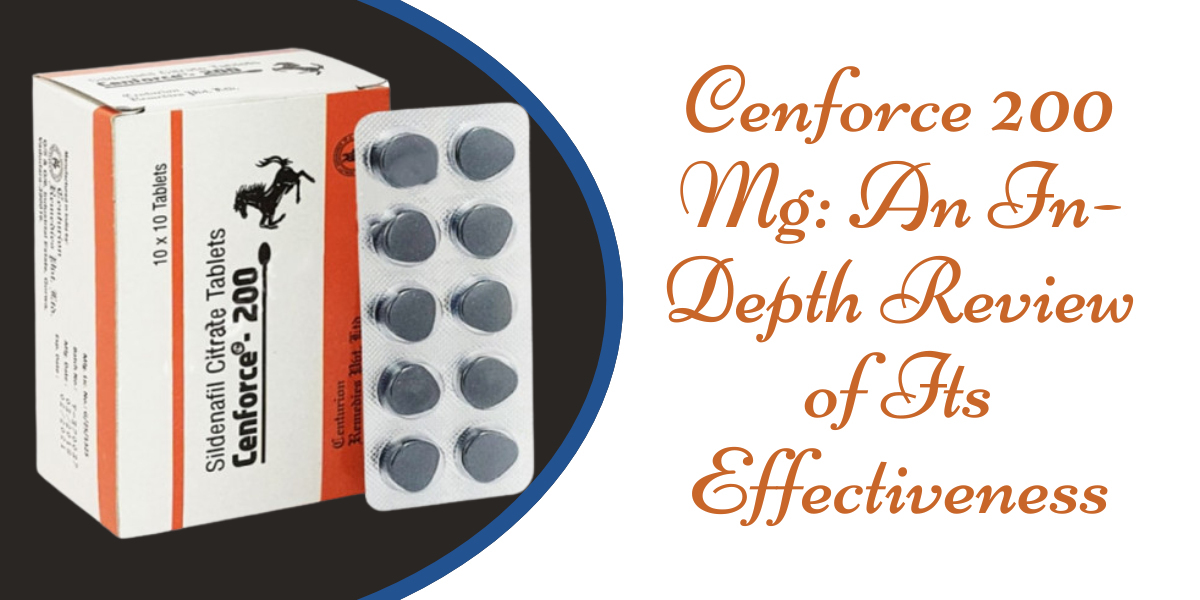During early development, the teeth develop from interactions between the ectomesenchyme and the epithelial cells in the jaws. A sequence of reciprocal signaling between the epithelium and mesenchyme is necessary to initiate differentiation and allow the development of distinct teeth from areas of thickened epithelium in the gums called dental lamina. Key molecular pathways like Wnt, Hedgehog, and FGF mediate this intercellular crosstalk and allow the sequential formation of the crown and root over time. While fully developed, adult teeth lack any potential for regeneration on their own due to termination of these developmental programs. However, emerging research has begun to uncover novel ways to induce regeneration by reactivating similar developmental programs.
Stem Cell Research Points to Tooth Regeneration
Scientists have discovered diverse populations of stem cells reflecting in both the dental pulp inside teeth and the periodontal ligament lining the roots. When teeth are damaged, these stem cells can differentiate into odontoblast cells that form new dentin or cementoblast cells that make cementum. In mouse models, when pulp dental stem cells are combined with a scaffold like a collagen sponge and implanted into extraction sites, they promote generation of dentin-pulp like complexes and restore some functional structure. Similar successes have been seen when periodontal ligament stem cells are used. These advances highlight the body's innate regenerative abilities using resident stem cells and suggest they could be harnessed for therapeutic regeneration in humans.
Reactivation of Developmental Signaling May Promote Tooth Regeneration
Another avenue of research focuses on recapitulating the inductive interactions that occur during tooth development. When embryonic oral epithelial cells are combined with adult mesenchyme cells or vice versa, they can reinitiate the developmental programs to form tooth bud-like structures. Specific growth factors shown to be necessary for odontogenesis like BMP4, FGFs, SHH, and WNTs can induce stem cells or early progenitor cells to commit to an odontogenic fate when delivered appropriately. In animal models, delivering FGFs or WNTs to extraction sites results in generation of dentin or whole tooth structures, suggesting developmental pathways are druggable targets for regeneration therapies.
Novel Biomaterials Guide Tooth Reformation
While stem cells and signaling molecules show promise, precise spatial and temporal delivery of these inductive factors remains challenging. New biomaterials aim to address this by mimicking the natural extracellular scaffolding provided by the developing dental mesenchyme. Self-assembling peptide hydrogels and modified hyaluronic acid gels have been developed that allow stem cells to be encapsulated while delivering growth factors in a sustained, localized manner. In extracted mouse teeth, reintroduction of these cell-seeded biomimetic gels leads to regeneration of tooth structures complete with dentin, pulp, and even limited enamel formation in some cases. Researchers envision such “tooth analogs” serving as living tooth grafts capable of continuing development once implanted.
Clinical Translation Still Faces Hurdles
While preclinical studies provide proof of concept, many challenges remain prior to clinical translation of these tooth regeneration dentistry approaches in humans. First, generating whole teeth with all necessary complex cellular organization and mineralized tissues like enamel remains elusive. Regenerating just dentin or partial structures may still improve dental health for many. Ethical and regulatory issues around sourcing appropriate stem cells will need resolution as well. Standardizing biomaterials, cell isolation protocols, and defining optimal growth factor doses present manufacturing hurdles. Demonstrating long-term safety, efficacy, and stable functionality within the oral cavity will require extensive testing. Financial barriers also loom, as regenerative therapies will likely drive up costs compared to current extractions and implants. Still, with continued innovation addressing these challenges, dentists may one day offer patients the possibility of regenerating their natural teeth.
Anushka Jadhav
35 Blog posts









